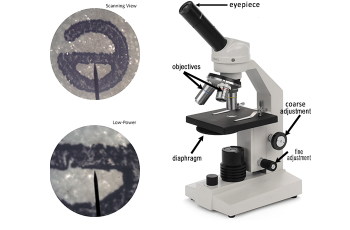Search results for: “teacher”
-
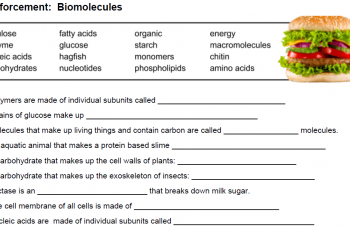
Reinforcement: Biomolecules
This worksheet is used with a unit on biological molecules in an introductory biology class. Students match definitions or descriptions to words provided in a word bank. The anchoring phenomenon in this unit is hagfish slime, which explains the inclusion of this concept in the list. Google Slides and Student Notes for the unit are…
-
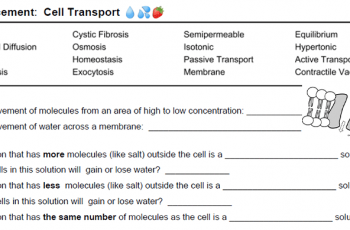
Reinforcement: Cell Transport
This reinforcement worksheet was designed for introductory biology, to help students learn concepts related to cell transport across the membrane. Words include osmosis, diffusion, hypertonic, and hypotonic, semipermeable, and active and passive transport. The exercise has vocabulary terms and a list of sentences or definitions for students to match to the words. I use google…
-
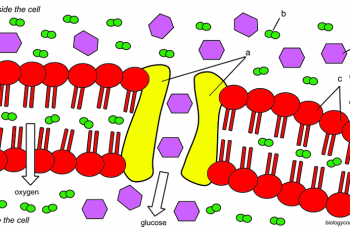
Cell Membrane Coloring
Color the cell membrane with a focus on diffusion, osmosis and transport proteins. Students color the structures of a cell membrane according to the directions. Then they answer questions about cell transport. I designed this worksheet for an introductory biology course to reinforce concepts related to cell transport. An image shows the phospholipid bilayer with…
-
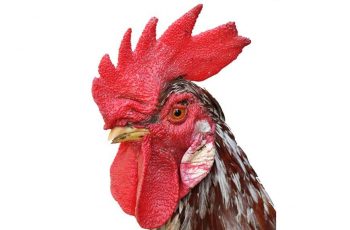
Genetics of Chicken Combs
The combs of chickens are controlled by four alleles, which interact to produce four distinct phenotypes: single, rose, pea, and walnut. In this exercise, students predict the outcomes of chicken crosses. Ideally, students should already know how to do crosses that involve two traits, the mechanisms for solving these problems are similar. My honors biology…
-
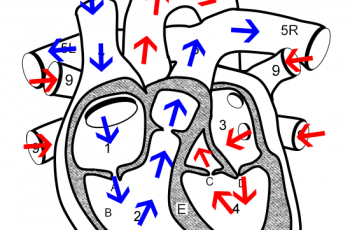
Anatomy of the Heart by Number
In this exercise, read about the structures of the heart and how blood flows through the systemic and pulmonary circuit. The text describes each structure (by number), you label with the names of the vessels and chambers of the heart. Use arrows to trace the flow of blood from the body, to the heart, then…
-
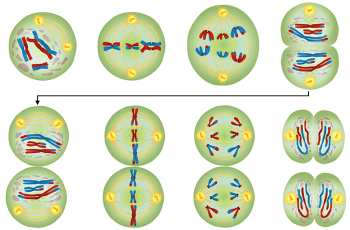
Meiosis Worksheet
Reinforce concepts related to meiosis and sexual reproduction. Students compare terms such as diploid and haploid, and label an image.
-
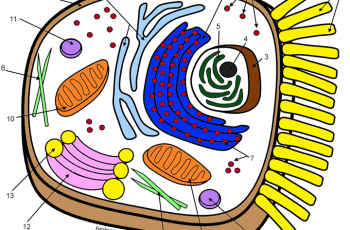
Learn the Animal Cell
This animal cell coloring worksheet can be used with freshman biology for years as a supplemental way to learn the parts of the cell. I assign it as a review or reinforcement exercise. It’s also a good activity for rainy days and sub days. This version of the cell coloring includes a cell diagram that…
-
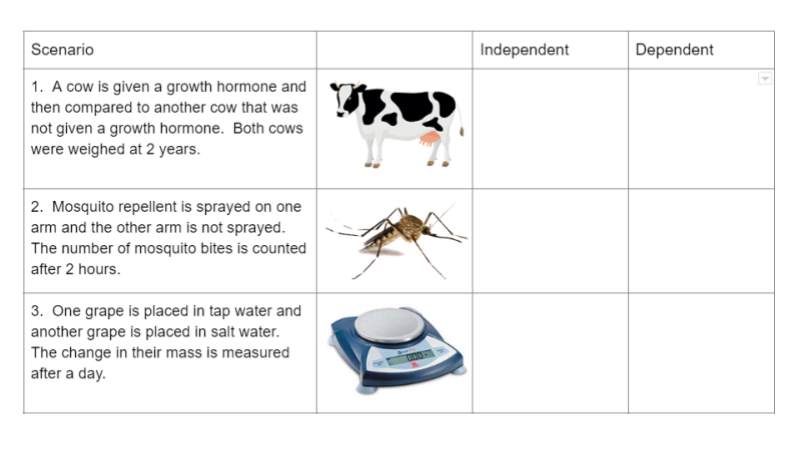
Independent & Dependent Variables Practice
Students reach short scenarios about scientific experiments. They identify the controls and variables in each story.
-
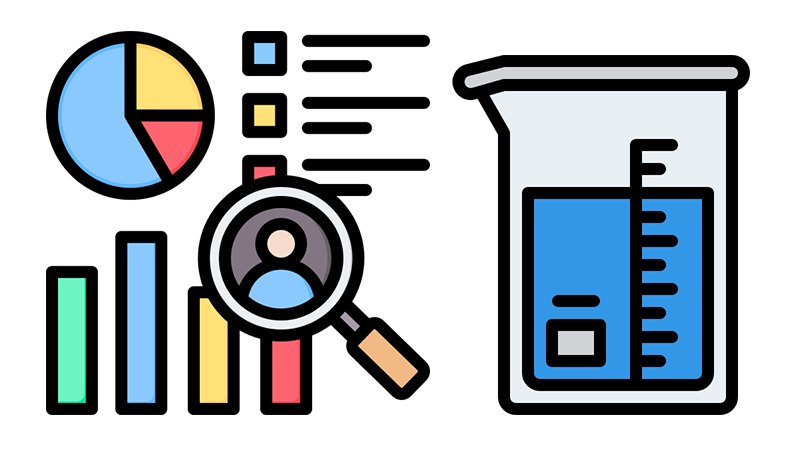
Reinforcement: Scientific Processes
I designed this worksheet for an introductory biology class. It reinforces concepts that are introduced in the first chapter. Students learn about how science works, what a hypothesis is, and how data is analyzed. Reinforcement worksheets have definitions or sentences that include a key word and students much choose from a bank of vocabulary words…
-
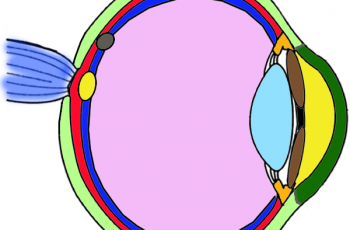
Anatomy of the Eye (Coloring)
The coloring worksheet is intended to help students learn the location of specific parts of the eye, like the cornea, sclera, lens, and retina.
-
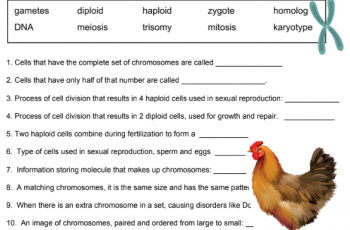
Reinforcement: Chromosomes
Helpful review on chromosomes which focuses on terms such as diploid and haploid, mitosis and meiosis, and zygote versus gamete. Students also practice chromosome math using chickens as a model, which have 78 chromosomes in body cells. Worksheet is intended as a review for basic level biology students.
-
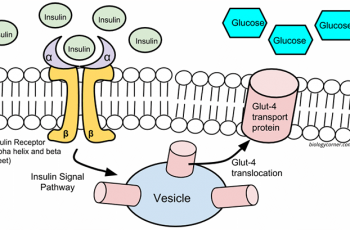
How is Glucose Taken Up by Cells?
This worksheet takes a closer look at the cell membrane and how insulin binds to the receptor on the cell membrane which creates a signal cascade, resulting in the movement of the Glut-4 transport protein to the surface of the cell. Students interpret a graphic showing the membrane, receptors, and the Glut-4 transport protein.
-
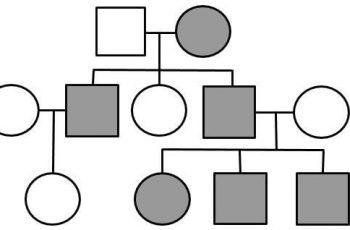
Pedigrees – Human Genetic Disorders
Students practice identifying genotypes on pedigree charts. Focus on human genetic diseases, such as albinism, dwarfism, tay-sachs, and sickle cell anemia.
-
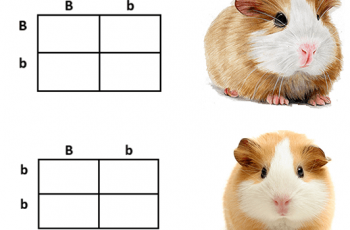
Genetics Practice Problems – Easy Mode
This worksheet was created for an introductory level biology class. This worksheet is designed to move through difficulty levels, so students start with “easy mode,” then moving to “normal” and then finally “hard mode.” Students can move at their own pace, which instructors can help students who are struggling.


